The DFI RDX200 CF-DR Motherboard Review
The Layout: LAN/Firewire/Audio
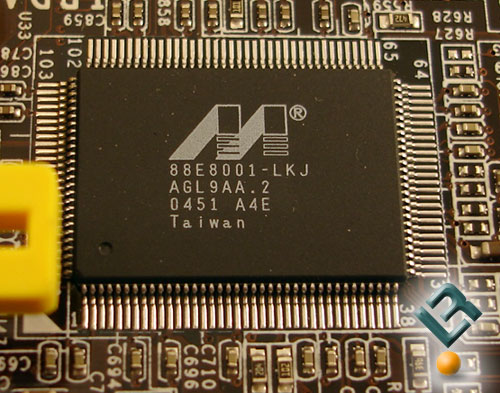
The RDX200 CF-DR features Dual Gigabit LAN through the Marvell 88E8053 PCI Express and Marvell 88E8001 PCI LAN.
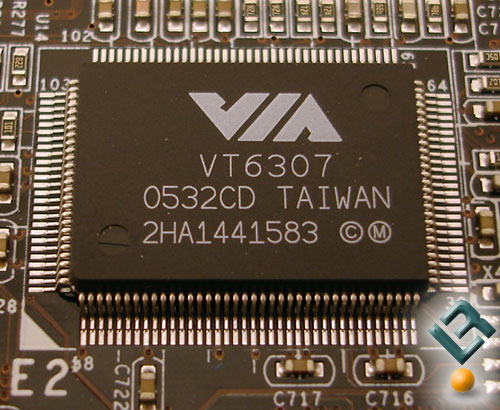
For anyone who uses 1394 Firewire, the VIA VT6307 chip supports two 100/200/400 Mb/sec ports.
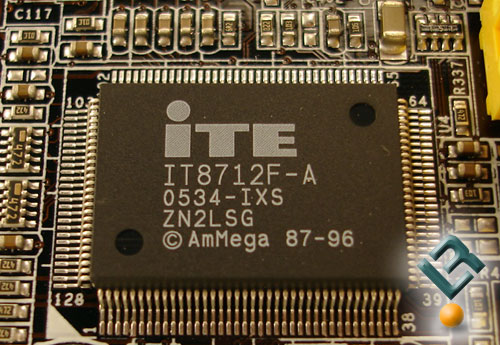
The ITE chip monitors CPU/system/chipset temperature, 12V/5V/3.3V/Vcore/Vbat/5Vsb/Vchipset/Vdram voltages, as well as the speed of the CPU fan, Fan 2 and Fan 3 fan. During the system boot the CPU Overheat Protection function monitors CPU temperature. While no monitoring program is perfect, I’ve come to really like DFI’s ITE Smart Guardian.
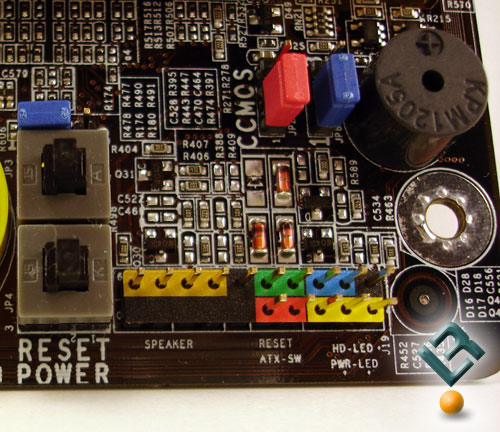
The RDX1200 CF-DR front connectors are clearly marked, something I think all board makers need to do. Heck, why don’t we really make things simple and have a standardized layout, then maybe case manufacturers can simply use a standard plug in for their front panels, making things easier for everyone. (okay, that’s my rant for the day)
Another feature, and one I’ve come to greatly appreciate with DFI boards, is the easy-on/ reset switches. These are invaluable for testing on an open bench or while trouble shooting a system.
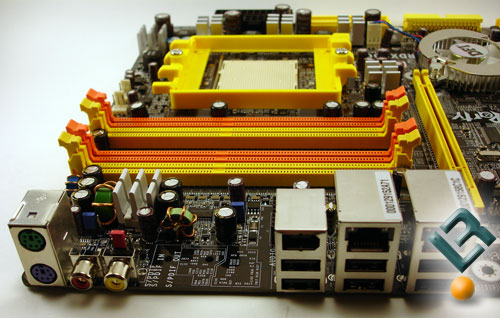
The rear panel of the RDX200 CF-Dr includes the typical array of connectors. Mini-DIN-6 PS/2 mouse and keyboard ports, 2 S/PDIF RCA jacks, one IEEE 1394 Port, two RJ45 LAN ports, and six USB 2.0/ 1.1 ports.
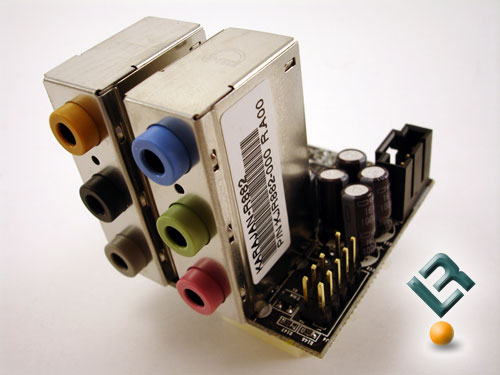
The Karajan audio module is basically the same as that found on the NF4 LANParty boards. Supporting six audio jacks, a CD-in connector, as well as a front audio connector, the only difference this time around is that this module supports High Definition Audio through the Realtek ALC882 8-channel High Definition Audio CODEC, FINALLY….HD audio!
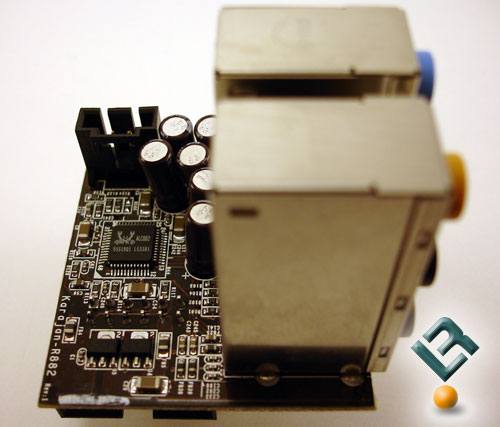
All in all, my gripes with the board to this point are few, and for the most part small. I think the placement of the DIMM slots is an issue. With memory modules running hotter and hotter, the air flow to your memory is almost as critical as the cooling of your CPU, chipset, and graphics cards. Placing the DIMM slots where they are really limits the air flow over them, to me at least they just don’t fit there as part of the overall cooling of your system.
Other than that, my only gripe is the RAID situation being so limited. Although DFI attempted to address that with the Silicon image 3114 chip, I think most people will be disappointed to see the lack of choices overall. I think the usage of ATI’s SB450 southbridge chipset really hamstrung DFI, but from the whispers around the web, the ULi chip was even more troublesome when coupled with the ATI Radeon Xpress200 Chipset….so it may have come down to the lesser of two evils.
With all that said and done thisboard seems to be built for speed. The quality is definitely there in construction, now let’s see how this board stacks up under a variety of circumstances.

Comments are closed.